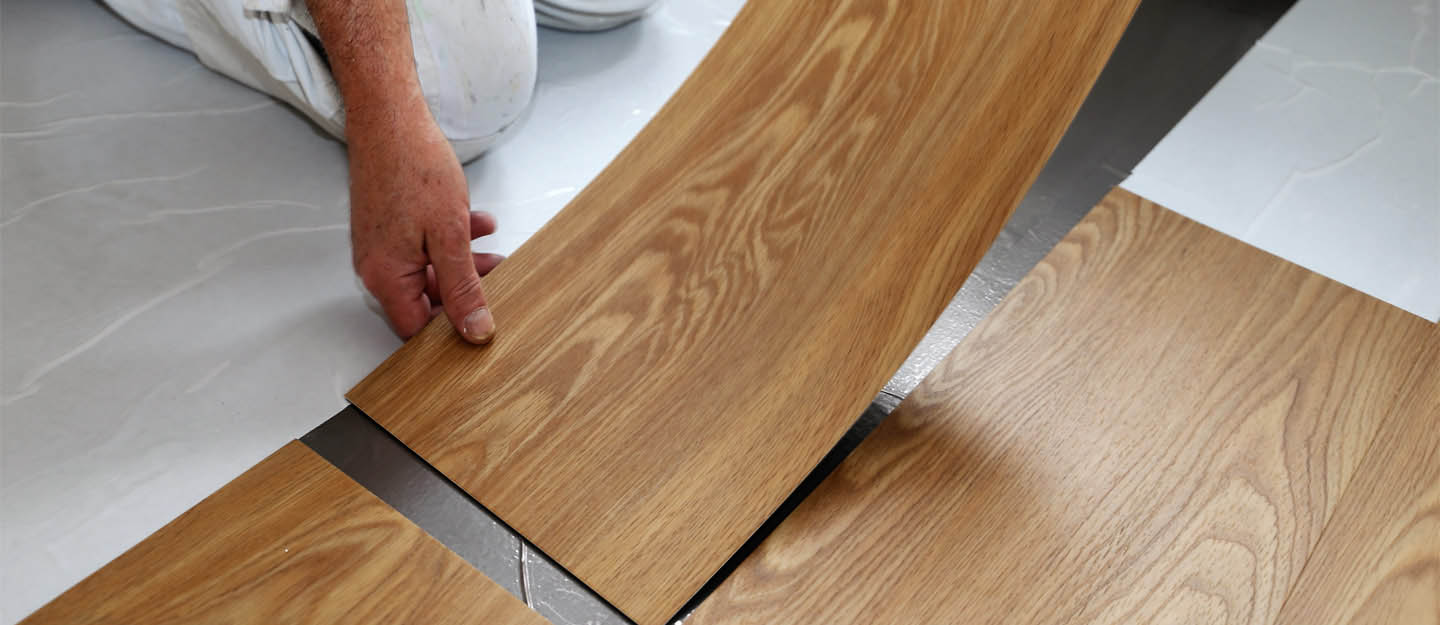Estimating commercial flooring costs is a critical step in any construction or renovation project. Accurate estimates ensure that the project stays within budget, preventing unexpected expenses that could disrupt timelines and lead to financial setbacks. However, estimating costs for commercial flooring can be complex, and many businesses fall into common pitfalls that inflate expenses or cause costly delays. This article will explore some of the most common mistakes to avoid when estimating commercial flooring costs.Underestimating the Importance of Material SelectionOne of the most frequent mistakes in estimating commercial flooring costs is underestimating the importance of material selection. Different flooring materials come with varying costs, installation requirements, and lifespans. For example, while vinyl might seem like a cost-effective option initially, it may not be suitable for high-traffic areas where durability is a concern. Conversely, opting for high-end materials like natural stone without considering the specific needs of the space can lead to unnecessary expenses.Failing to Account for Subfloor PreparationSubfloor preparation is a crucial step that is often overlooked or underestimated when calculating flooring costs. The condition of the existing subfloor can significantly impact the overall cost of the project. For instance, if the subfloor is uneven or damaged, it may require additional work such as leveling or repairs before the new flooring can be installed. Neglecting this step can lead to increased costs down the line, as issues may arise after installation, requiring costly repairs.Ignoring Waste Factor in Material EstimatesAnother common mistake is not accounting for the waste factor when estimating the amount of flooring material needed. Waste can occur due to cutting, fitting, and other factors during installation. A good rule of thumb is to add an extra 5-10% to the total square footage to cover waste. Failing to do so can result in running short on materials, causing delays and potentially higher costs as you scramble to order more.Overlooking the Cost of Installation LaborLabor costs are a significant portion of any commercial flooring project, yet they are often underestimated. The complexity of the installation, the type of flooring material, and the size of the project all influence labor costs. For example, installing intricate patterns or working with heavy, cumbersome materials may require specialized skills, leading to higher labor expenses. Be sure to obtain detailed quotes from contractors to ensure that labor costs are accurately reflected in your estimate.Neglecting Long-Term Maintenance CostsWhen estimating commercial flooring costs, it’s essential to consider not just the upfront expenses but also the long-term maintenance costs. Some flooring materials require regular upkeep, such as sealing, polishing, or deep cleaning, which can add up over time. For example, while carpet may be less expensive to install, it often requires more frequent cleaning and replacement compared to other materials like tile or concrete. Failing to account for these ongoing costs can lead to budget overruns in the future.Not Considering Downtime CostsDowntime is an often-overlooked factor when estimating commercial flooring costs. Depending on the scope of the project, the space may need to be closed off for several days or even weeks, leading to lost revenue. It’s essential to factor in the potential impact of downtime when estimating the total cost of the flooring project. This might include coordinating with contractors to minimize disruption or scheduling work during off-hours.Underestimating the Impact of Floor Design and LayoutThe design and layout of the flooring can significantly affect the overall cost. Custom designs, borders, or intricate patterns often require more time and specialized labor, increasing the cost of installation. Additionally, the layout of the space, including the number of rooms, corners, and other architectural features, can complicate the installation process, leading to higher costs. It’s important to consider these factors when estimating the cost to avoid surprises later on.Overlooking the Need for Proper Permits and InspectionsIn many commercial projects, obtaining the necessary permits and passing inspections are essential steps. However, these requirements are sometimes overlooked when estimating costs, leading to unexpected expenses. Failure to obtain the required permits or comply with local building codes can result in fines or delays. It’s crucial to research the permitting requirements for your area and include these costs in your estimate.Not Accounting for Unexpected ContingenciesNo matter how thorough your estimate, unexpected issues can arise during a commercial flooring project. These might include unforeseen damage to the subfloor, material shortages, or changes in design. Failing to budget for contingencies can leave you unprepared for additional costs. A good practice is to include a contingency fund of 10-15% of the total project cost to cover any unexpected expenses.Skipping a Professional Cost EstimateFinally, one of the biggest mistakes is attempting to estimate commercial flooring costs without professional help. While it might be tempting to rely on online calculators or DIY estimates, these methods often fail to account for all the variables that can affect the final cost. Hiring a professional estimator or consulting with a flooring contractor can provide a more accurate and comprehensive estimate, helping to avoid costly mistakes.ConclusionEstimating commercial flooring costs is a complex task that requires careful consideration of many factors. By avoiding these common mistakes, you can ensure a more accurate estimate, helping your project stay on budget and on schedule. From selecting the right materials to accounting for labor and maintenance costs, each step plays a crucial role in determining the overall expense of your commercial flooring project.
Common Mistakes to Avoid When Estimating Commercial Flooring Costs




